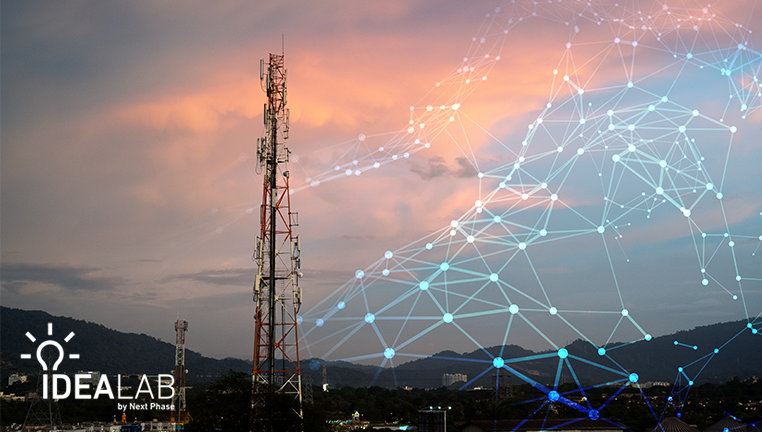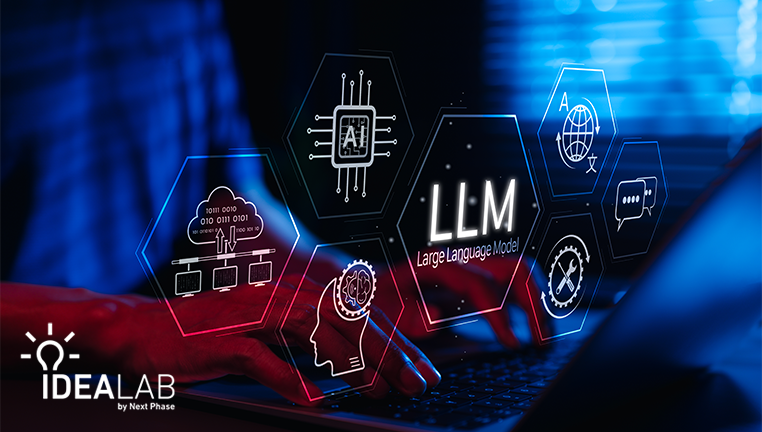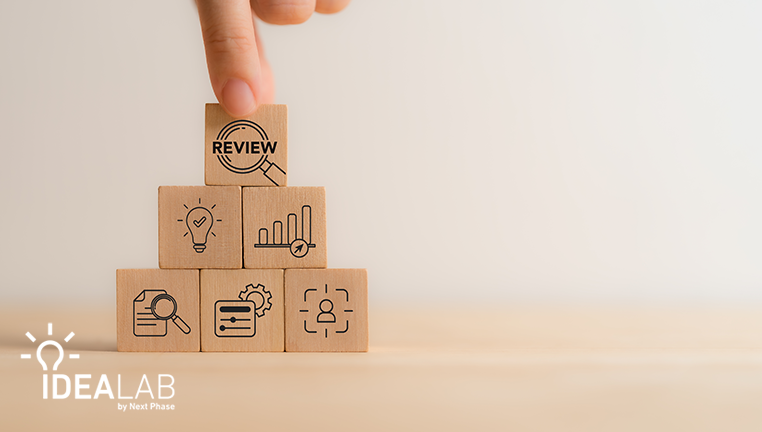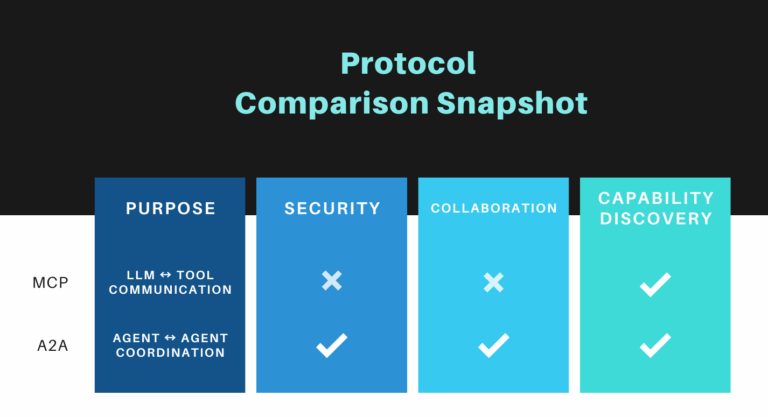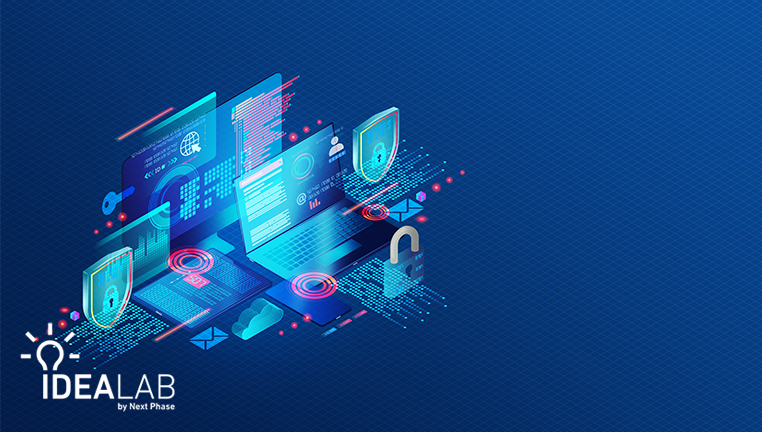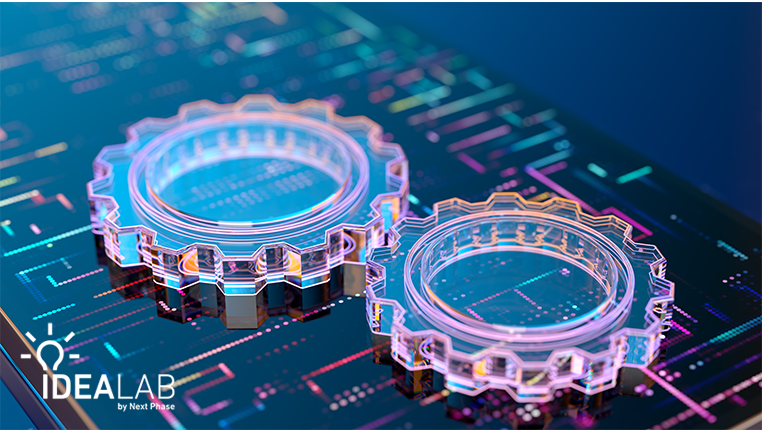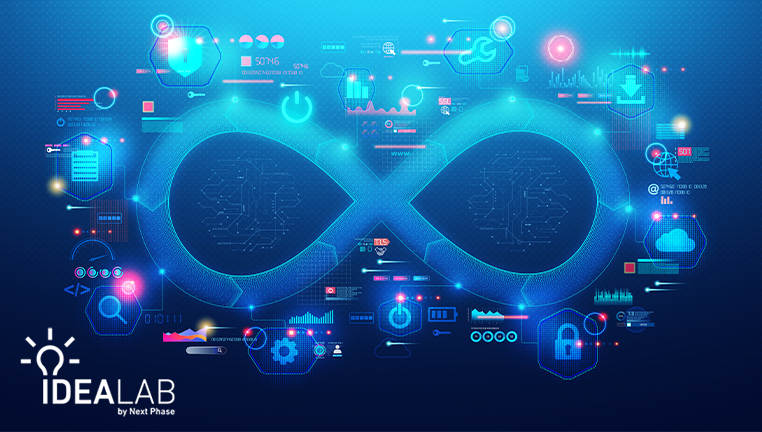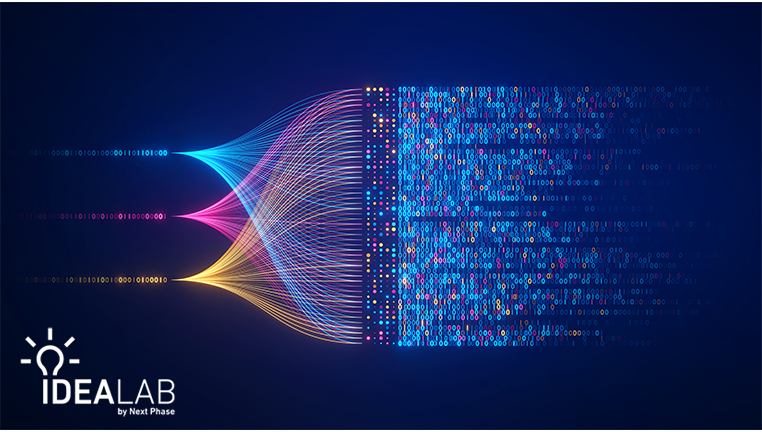Harnessing AI for Mission-Ready Spectrum Governance: A Strategic Opportunity for DoD
The electromagnetic spectrum is a cornerstone of modern defense capability. From precision-guided systems to resilient communications and joint interoperability, spectrum access underpins virtually every Department of Defense (DoD) mission. As spectrum becomes more congested and contested, both globally and in the U.S., the demands on DoD spectrum professionals continue to escalate. To stay ahead, Next Phase focus goes beyond securing spectrum access, as it heads toward modernizing how spectrum is studied, managed, and governed.
The time is right to integrate Large Language Models (LLMs) into DoD’s spectrum enterprise. These advanced AI systems offer a scalable way to accelerate critical workflows while preserving mission assurance, compliance, and international leadership.
AI-Powered Spectrum Operations: Key Use Cases for the DoD
Accelerating Interference Analysis and Deconfliction
Interference studies for systems operating in contested or shared bands are often slowed by manual review of policy documents, technical rules, and precedent cases. LLMs can assist by automatically extracting relevant regulatory provisions, translating constraints into structured formats, and even generating summaries or risk assessments for review by RF engineers.
Streamlining Certification and Equipment Authorization
DoD systems often face long lead times to meet technical certification requirements, especially when navigating changing federal and NTIA policies. LLMs can support this process by pre-screening technical documentation, identifying compliance gaps, and helping generate certification packages aligned with current regulatory standards.
Enhancing International Spectrum Coordination
In multinational exercises or coalition operations, DoD spectrum planners must reconcile U.S. spectrum policy with host-nation rules and regional allocations. LLMs can compare and summarize international regulatory frameworks, providing advisors with faster insight into coordination challenges, compliance risks, and diplomatic considerations.
Supporting Policy Review and Strategic Planning
From NTIA directives to ITU resolutions, spectrum policy is an evolving landscape. LLMs can continuously ingest, synthesize, and track changes across policy sources, helping DoD stakeholders maintain situational awareness and support strategic initiatives like dynamic spectrum access, 5G coexistence, or international spectrum engagement.
A Responsible AI Framework for Defense
While the promise of AI in spectrum governance is clear, the stakes are uniquely high in a defense context.
That’s why we advocate for a mission-assured, human-in-the-loop approach:
- Grounded in Authoritative Data: LLM outputs must be tied to validated sources, ensuring that recommendations are aligned with NTIA policies, DoD regulations, and classified guidance where applicable.
- Oversight and Traceability: Outputs must be transparent, reviewable, and subject to expert validation, especially in applications that influence operational decisions or system authorizations.
- Ethical and Secure Integration: AI must support DoD ethical AI principles and align with security standards for handling sensitive or export-controlled information.
Building the Future of Spectrum Superiority
Adversaries are investing in spectrum-denial tactics and AI-driven capabilities. To counter this, the U.S. must not only innovate in weapons systems but also in the infrastructure and decision-support tools that govern access to the spectrum domain.
At Next Phase we see LLMs as a force multiplier for DoD spectrum professionals: reducing analysis time, improving regulatory situational awareness, and enabling faster, better-informed decisions.
Let’s Advance Spectrum Readiness Together
Our experience supporting the U.S. government in spectrum interference studies, certification, and international policy, coupled with our deep is commitment to helping the DoD explore AI-enabled spectrum modernization, has yielded great results through the application of LLMs.
We invite collaboration with spectrum offices across the Services, Joint Staff, and OSD to pilot AI-driven solutions and shape the next generation of spectrum governance. Reach out to explore how we can support the mission.

